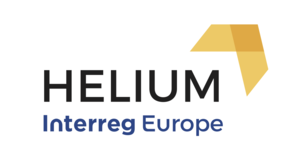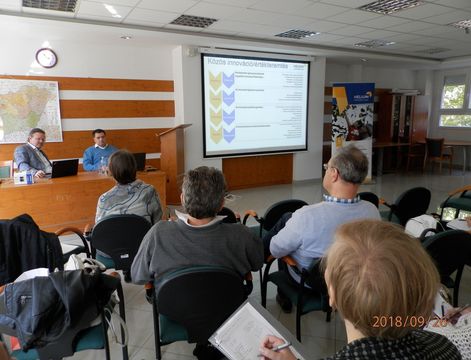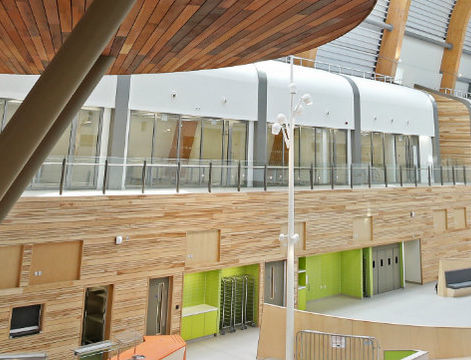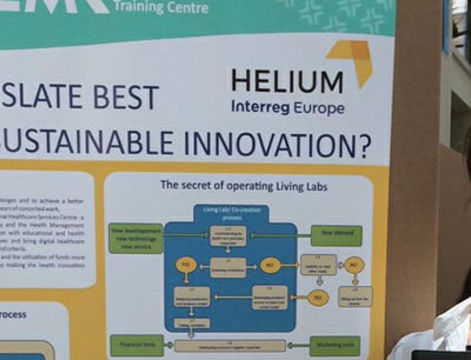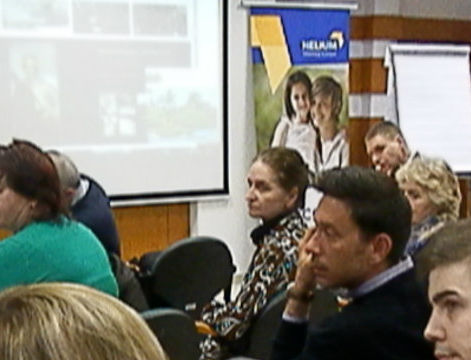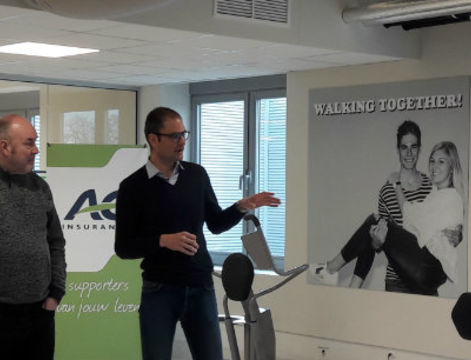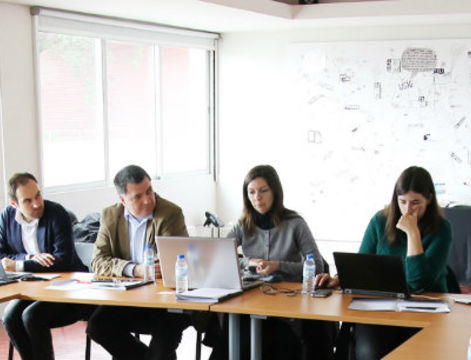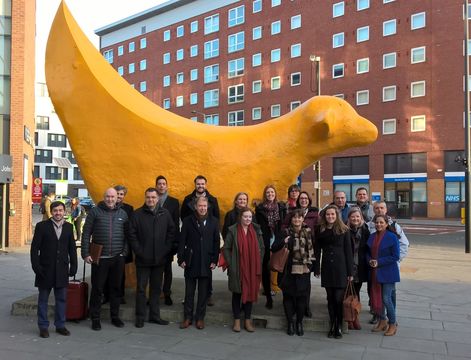Before the official programme, which started on the 24th of October, the Hungarian delegation, consisting of the two Hungarian project partners and two stakeholders, paid a visit to the Summa College (secondary vocational school) in order to meet with the director, Mrs. Hilde Meijs, who elaborated on the living lab based curriculum of the College. The Hungarian project partners, along with the representatives of two Hungarian stakeholders, the Pest County Municipality and Trebag (the only existing living lab in Hungary) got the opportunity to get acquainted with the educational model of the Summa College that combines social care and health education.
Summa College provides a 4 year college nursing degree as well as shorter, alternative courses for its students. As part of the nursing training, students of the college can perform their field practice in the living lab of the College, where local elderly people and the students work together on various activities. Besides ensuring ideal circumstance field practice for the students, the College living lab creates a perfect framework enabling the College to access and explore elderly peoples' needs, as well as to monitor and update these needs. This type of training model of the Summa College can be a relevant and transferable one for Hungary too, and may provide suitable solutions beyond formal training frameworks, either for local governmental or business players, or for civil organisations which are active in their local communities.
On the 25th of October, 2018, the project hosted the event titled 'Enhancing Regional Innovation Policies through the Living Lab Concept' in line with the Dutch Design Week, the largest Design event in Europe held annually in Eindhoven. Moderated by Mr. Thorsten Kohlisch of the Interreg Europe Policy Learning Platform, the event created a solid platform on which to build further discussions.
Event speakers shared their ideas and experiences on mission oriented R&I and the role of living labs; the involvement and engagement of SME's in the living lab process; the cross-border living lab; and, the purpose economy and living lab concept. These ideas formed the basis of the ensuing panel discussion in which our speakers, Mr. Bror Salmelin - Former Advisor for Innovation Systems at the European Commission, Ms. Zsuzsanna Bódi - Association Director, ENoLL, Mrs. Astrid Kaag - Lead Partner IE ITHACA Project, Mr. István Csizmadia - Project partner IE HoCare and IE HELIUM projects, Ms. Ingrid Adriaensen - Business Manager, LiCalab and Mr. Grahame Smith - Subject Head & Reader in Mental Health from Liverpool John Moores University addressed some of the questions below;
- How can the concept of public purpose be aligned with the direction of innovation?
- What are the key changes to move health innovation from one based on profit towards one based on value/purpose maximization?
- What is needed to transform the health innovation systems into a more user-centric (living lab approach) system?
- Living labs have been promoted for several years now. What is needed to convince innovators (multi-nationals and SME's) to make the living lab approach a 'normal' element in the innovation process? Which messages, incentives and/or measures have proven successful in demonstrating the value of openness and co-creation to competition-driven entrepreneurs?
Mr. István Csizmadia, sharing the experiences of HoCare, emphasized that public driven innovation, identification and satisfaction of end-users’ unmet needs and the goal to bring an innovation faster to market can help eliminating the obstacles to bringing the concepts of Mission Driven Innovation and Co-creation in Living Labs together if stakeholders manage to establish quadruple helix cooperation. The first learnings in implementing an Interreg Europe partner’s action plan, shared by the HoCare lead partner, ANEL (CY), have already provided smart tips to successfully address challenges such as (1) Engagement of stakeholders in the AP’s development process from the very beginning by attracting their interest; (2) Match-making real local needs with international experience (by introducing available good practices and selecting the main stakeholders to create a sub-stakeholder core group); (3) Overcoming complicated public procedures (by exchanging information regularly and keeping everybody informed).
The panel discussion was followed by 2 parallel workshops exploring HELIUM Good Practices:
- CrossCare: SME support through interregional living lab cooperation
- Alder Hey Innovation: patient oriented hospital care
As the closing part of the whole event, participants were offered a guided tour at the ‘Embassy of Health’. The exposition ‘Chronic Health: If not us then who?’ showed how a collective approach was crucial to designing healthcare and how health care products or services did not stand alone but interact with each other within a complex environment of care.
